Tips for Winter Fishing in Montana
Mid-winter in Montana. The days are short, cold, and snowy. Most anglers have officially swapped the rods for skis and are cruising down powdery slopes. However for those seeking angling opportunities no matter what the calendar says, winter can be an especially rewarding time to fish.
Winter angling naturally has higher risk and higher reward. Icy cold water, few eats, numb fingers, and snowy riverbanks all are enough to deter the average fisherman. When a day of winter fishing does payoff, it's as fruitful and exhilarating as any. Here are 5 winter fishing tips to get you started:
1. Be Adaptable
Conditions are variable from day to day, week to week, and river to river. Be flexible with your river choices, fly choices, and decisions while out out the river. This is true year round, but winter elements often exaggerate the need for adaptability. Not every day is going to yield a pleasant fishing experience; if you have the ability to cherry pick which days you go out, do so.
In the video above, we went out on a sunny, late-January day after a snowless month. As I write this, we've since gotten 12+ inches of snow and the river would look much different if we went out today. Sometimes the upper Madison this time of year is 10 feet deep in ice, but in the video it's flowing low and clear. Some other rivers in the area were already locked up in ice.
 The same area we fished in the video, 2 years prior in 2017.
The same area we fished in the video, 2 years prior in 2017.

If it looks like this, you won't be fishing.
Sunny days in the winter time aren't always best fishing conditions. Calm and cloudy might be a little more productive, especially on dry flies. The main takeaway here is, conditions change and you have to be prepared to change as well.
2. Be Prepared
To keep winter fishing as pleasant as possible, dress and prepare for the conditions. Keep your backup plan in your car if you're not sure. A few main things you should have when you're winter fishing:
- Lined hat or hood - you can't go wrong with a warm winter hat, but if you like to wear your favorite MRFC hat on the water we can't blame you. Just make sure you have a hood to throw over your head when the cold sets in.
- Buff - similar to skiing, you don't want your nose and cheeks to be exposed when the conditions are at their worst.
- Gore-Tex wind resistant jacket - repel snow, retain warmth, and block wind. Gore-Tex is king.
- Layers - I'll often wear a down jacket and a warm base layer underneath the outer Gore-Tex layer, depending on the sun and how quickly I'm moving.
- Fingerless gloves - with fingerless gloves you still have full control of your line and can tie knots without taking them off. Gloves are critical and make or break a winter day on the water.
- Hand warmer or some other form of additional warmth for your hands. When you catch a fish your hands will probably get wet. 30° to 40° water is very cold!
- Rubber sole boots - felt soles in the winter tend to accumulate snow and turn into a big block of ice. Doubling up socks isn't a bad idea if you'll be in the water for an extended period of time. Fresh warm socks in the car with a hot thermos of coffee for a happy ride home.
Think about safety as much or more than any other time of year. Have your wading belt on in case you go down. I prefer to not wade very deep or aggressively in the winter time. Let somebody know where you're going as if you were going on a hike or day in the mountains.

3. Reading winter water
Flows are much lower and fish tend to stack up in deeper holes. Look for slower, deeper pools below riffles, behind big boulders; slower, inside seams. They're not going to be in fast water until it warms up. Trout are cold blooded and get their body temperature from the water. Everything moves a little slower in the winter time, and your fishing style should reflect that.

4. Match the food source
The main food source in the winter for trout are midges, true flies. Diptera is the class. Super tiny bugs; it's real common to scale down your fly choices. Most of our winter midges are size 24, 26. We get away with fishing a little larger imitations than that frequently, but the true food source is pretty small.
We're used to fishing a little bigger bugs here in Montana and on the Madison, but winter time, we'll frequently go to 6X and size 20 or 22 nymphs.

Nymphing, day in and day out, is the most productive tactic, but occasionally, with the right conditions and the right locations, you can find great dry fly action with fish rising to midges. This is extremely variable and you have to cherry pick the right days for that.
When I first head out for a day of winter fishing, plan A is midge fishing with small flies. Plan B is to switch over to stonefly nymphs, big buggers, and other flies like that. Fish it low and slow and it should pay off for you.
5. Fish Barbless
Always fish barbless and use a catch and release tool if you have one. Fishing barbless will help release fish much quicker and easier; you might not even touch them at all. The catch and release tool will help you take the hook out of the fish's mouth without actually touching the fish.
The great curse of winter fishing is that the catching is usually quite good. When that's happening, invariably, you have to get your hands wet. Getting your hands wet on a 30 or 35 degree day can pretty much be a deal breaker for a lot of people.








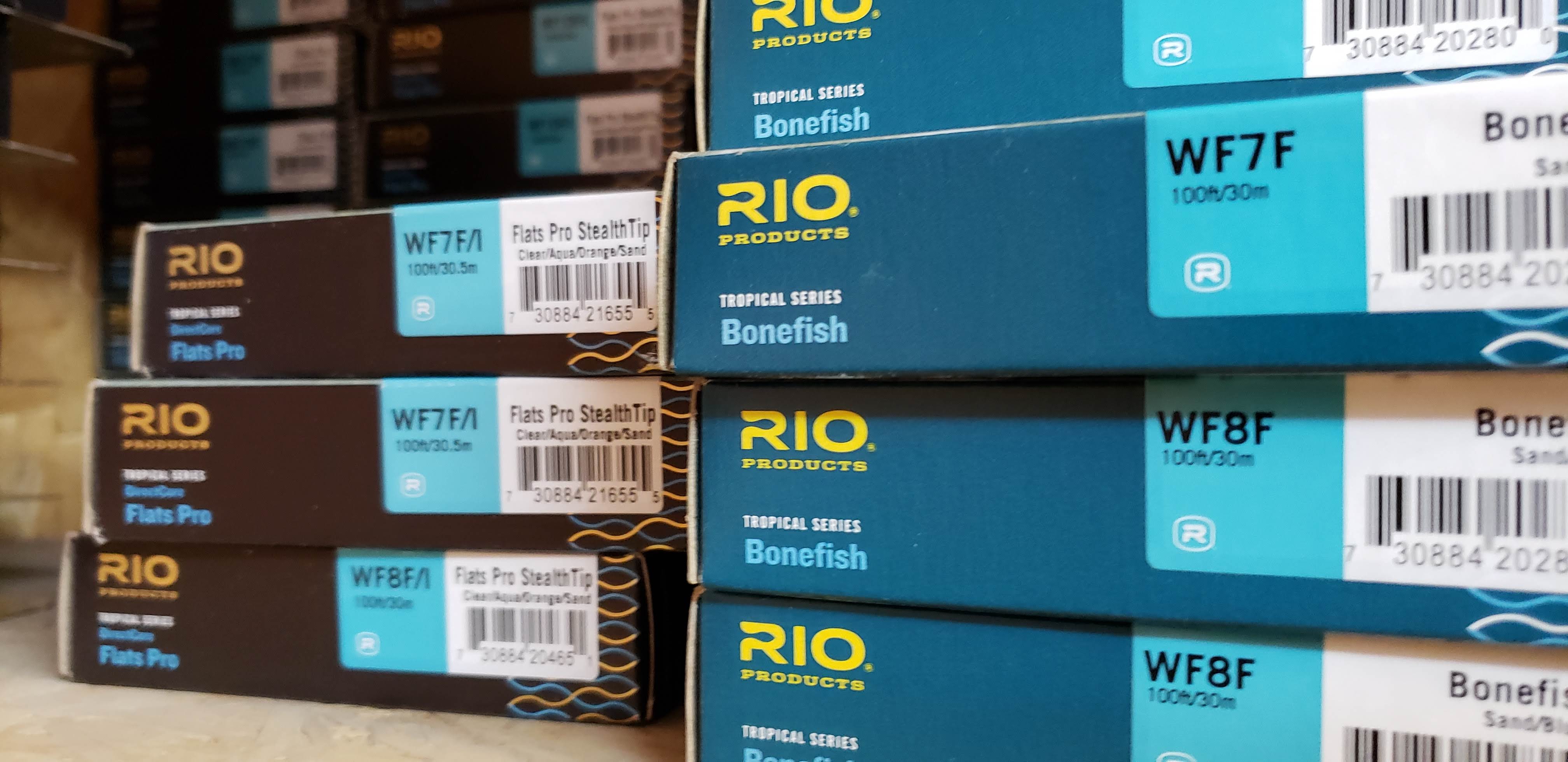

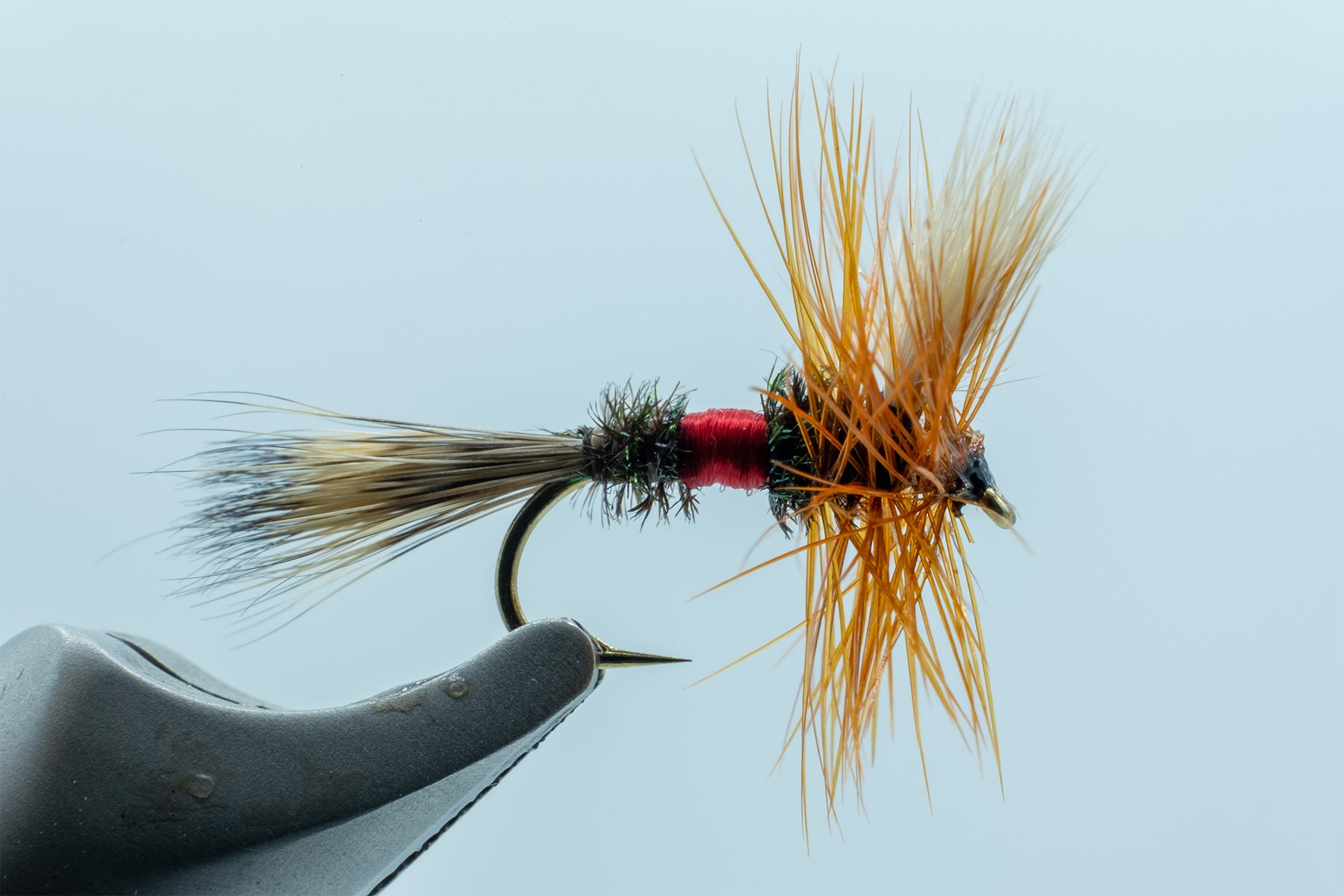
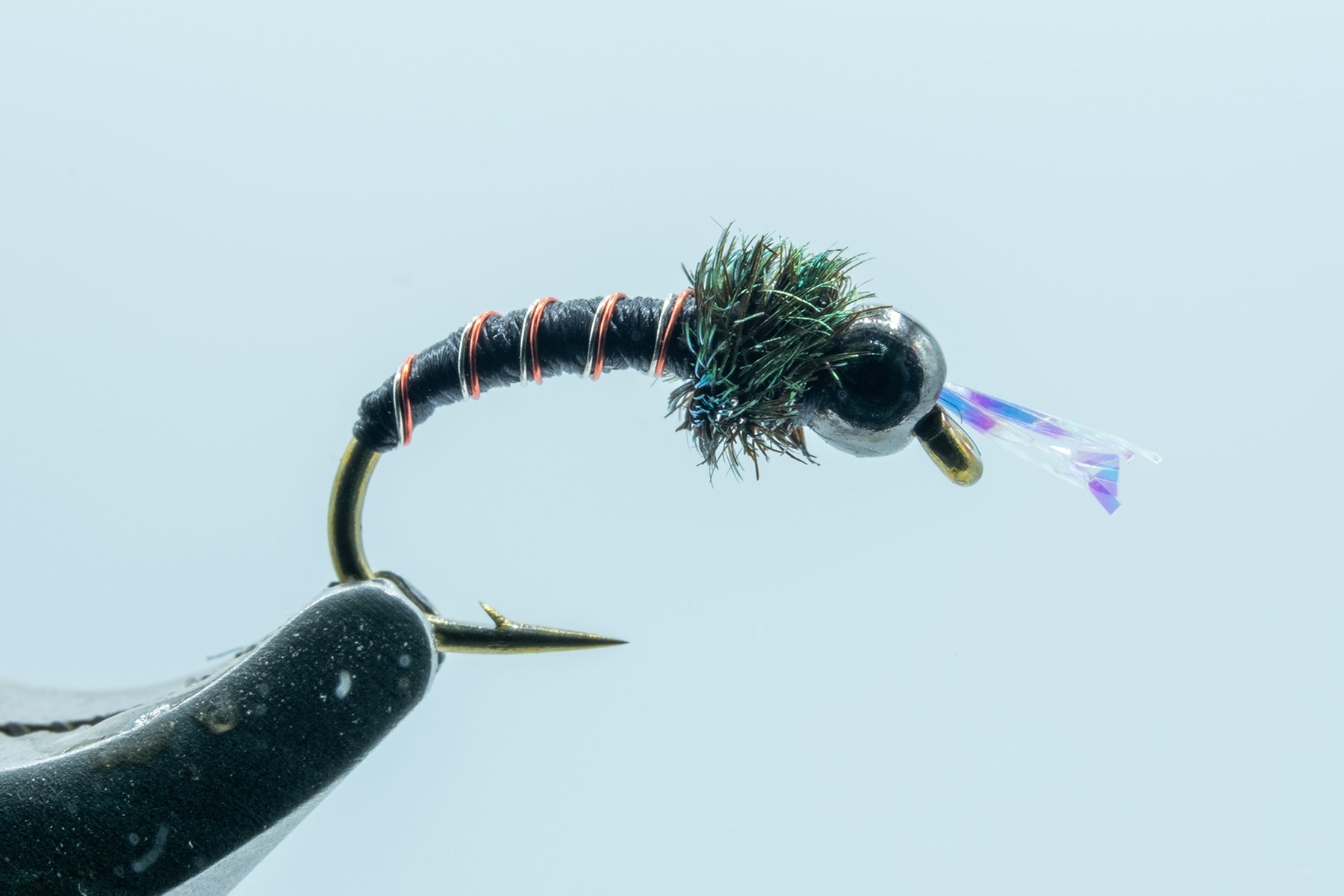
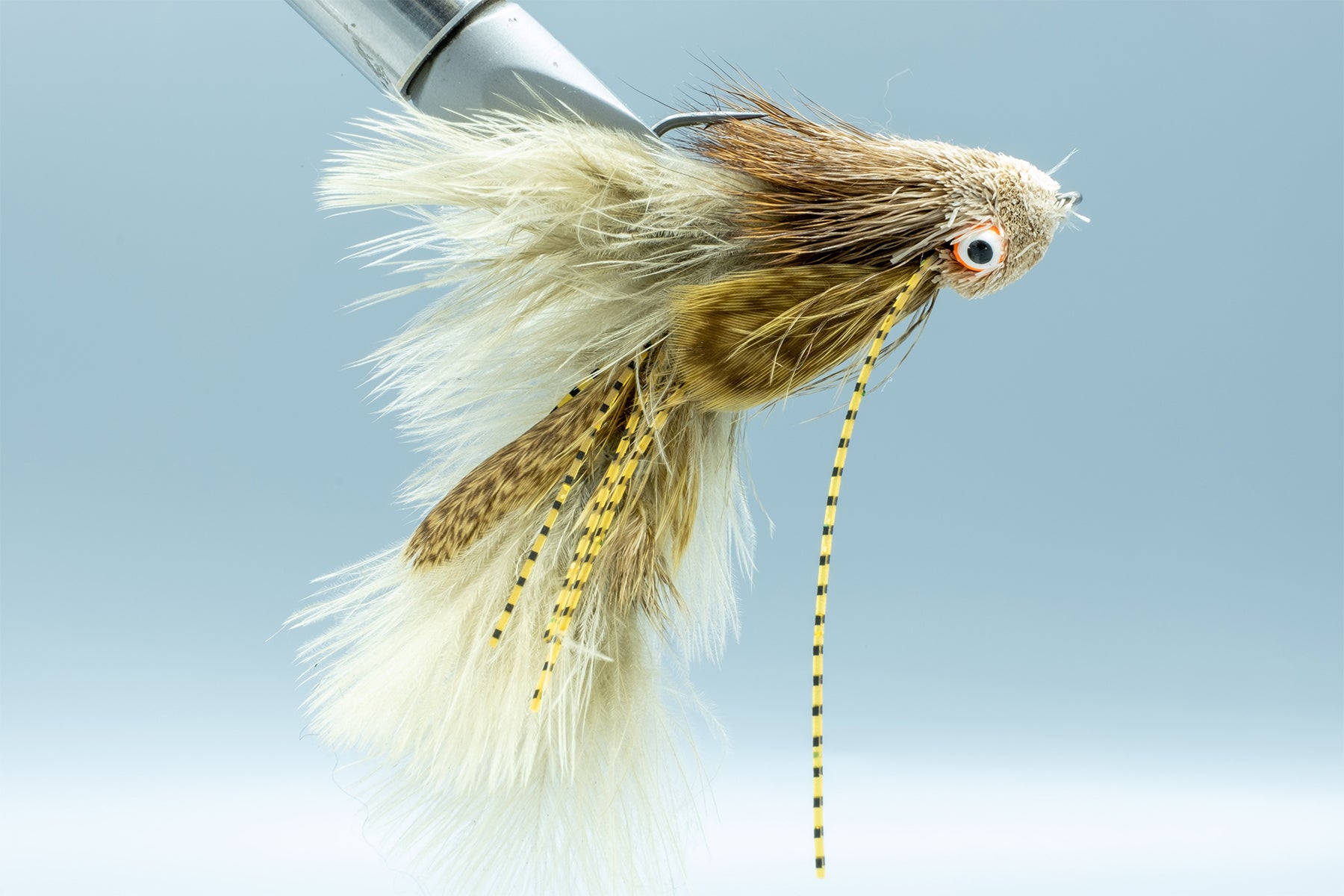
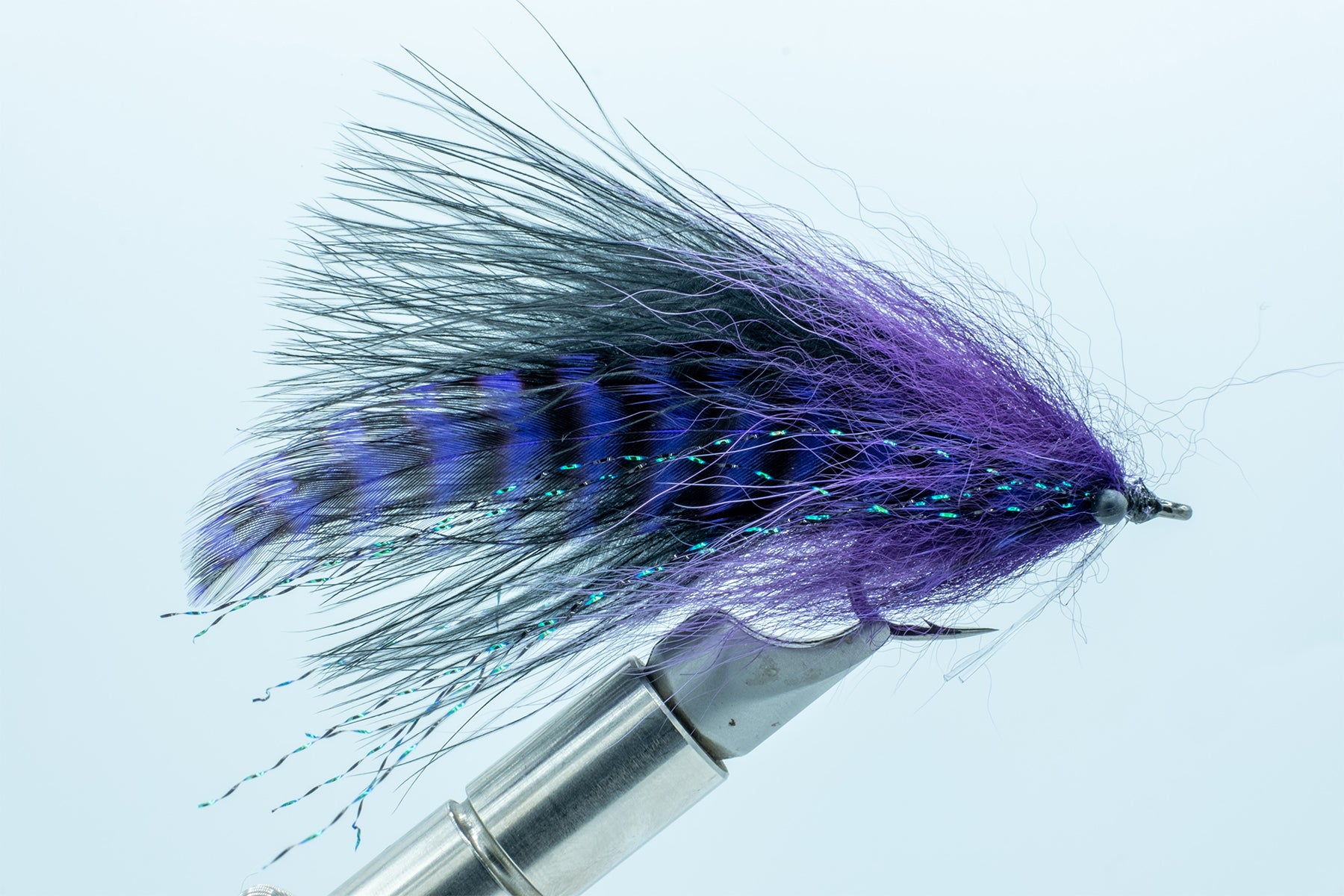
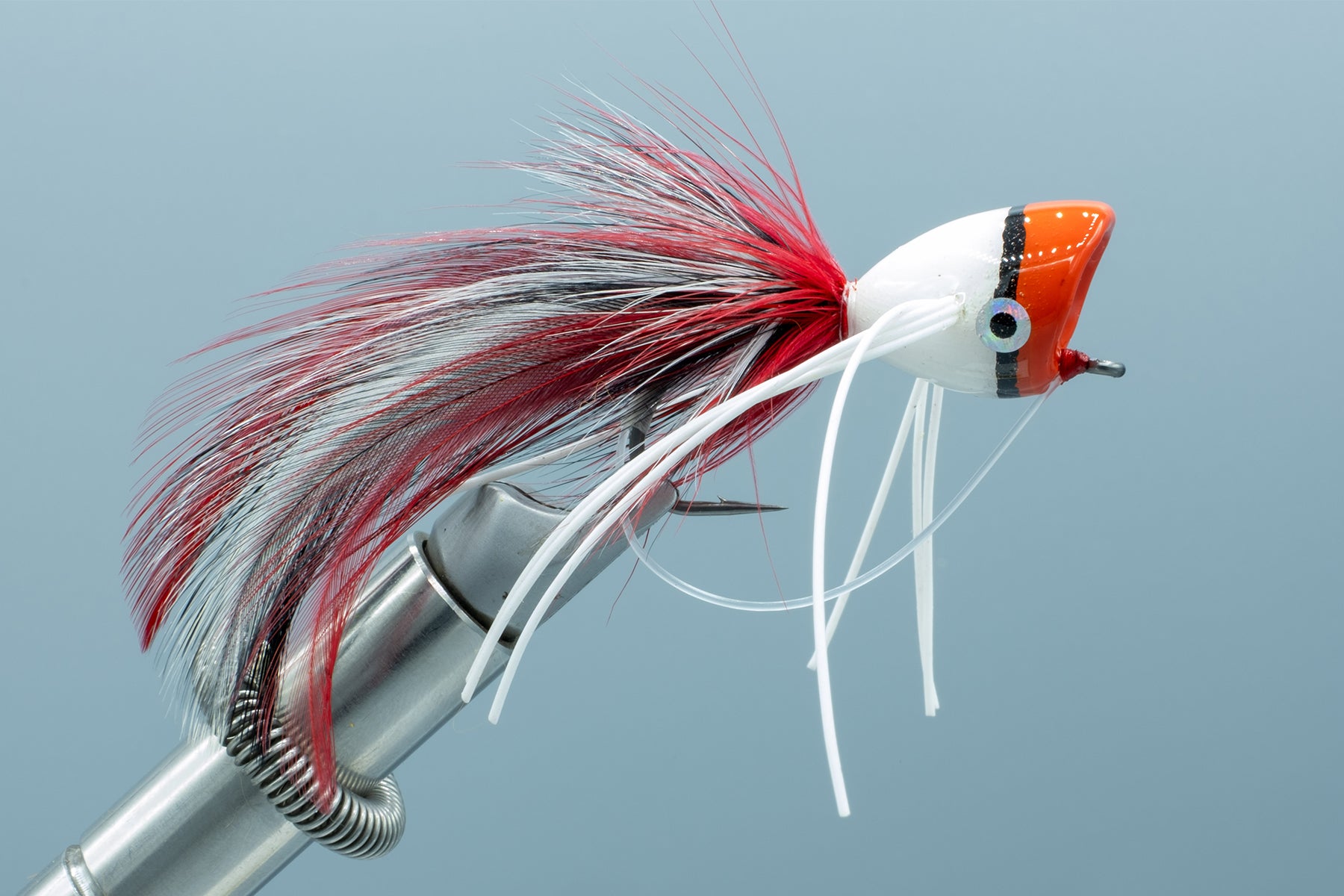
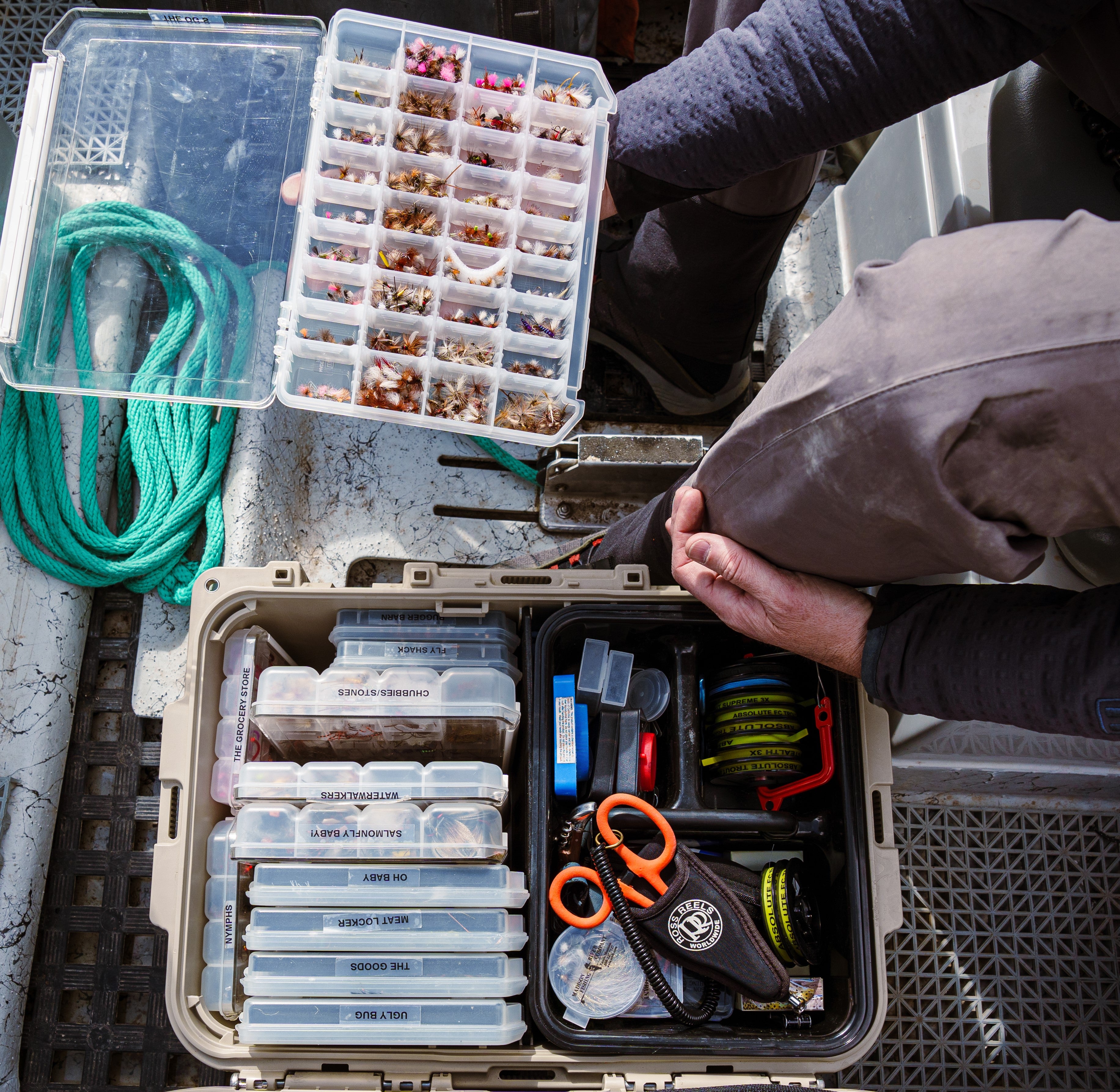
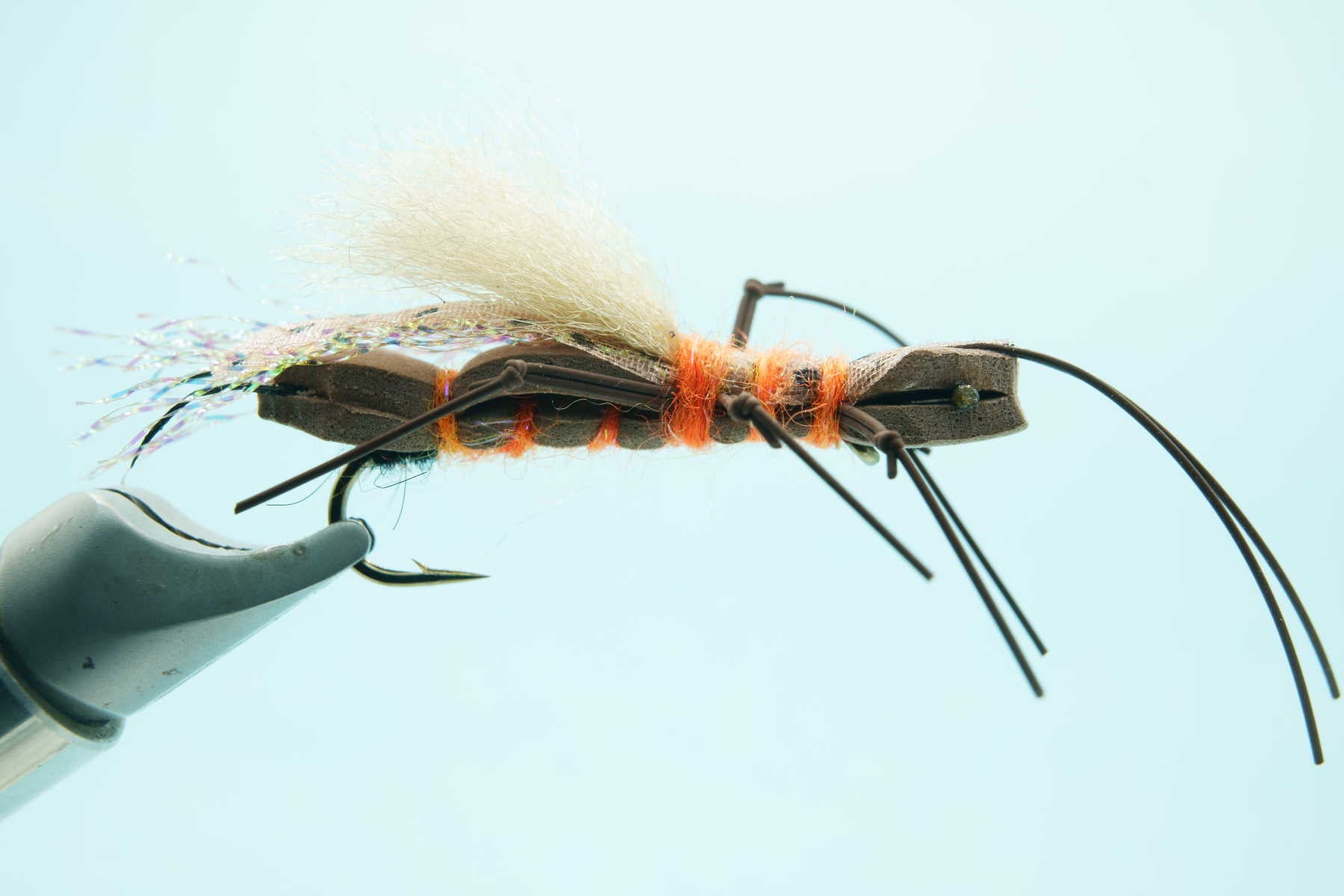
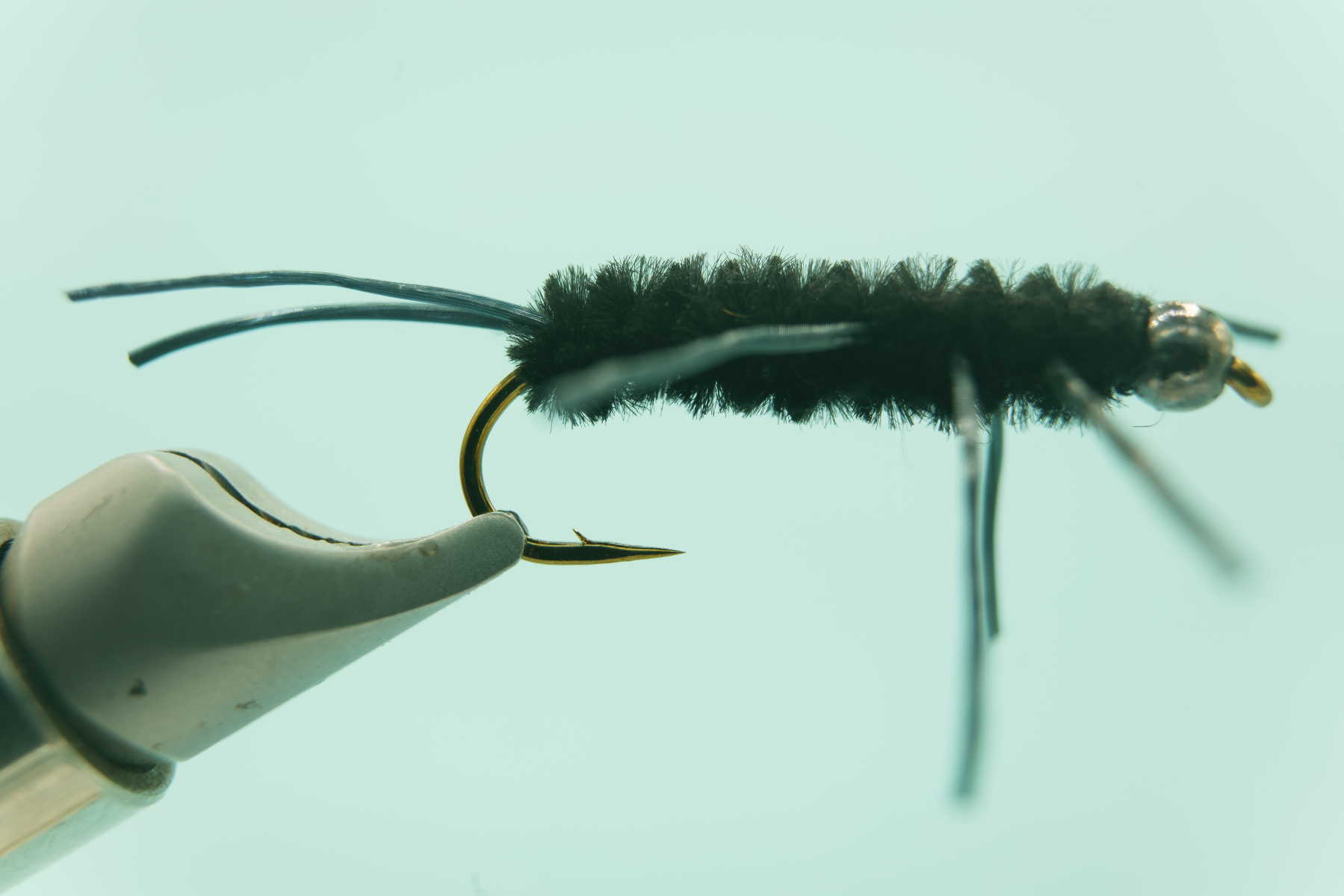
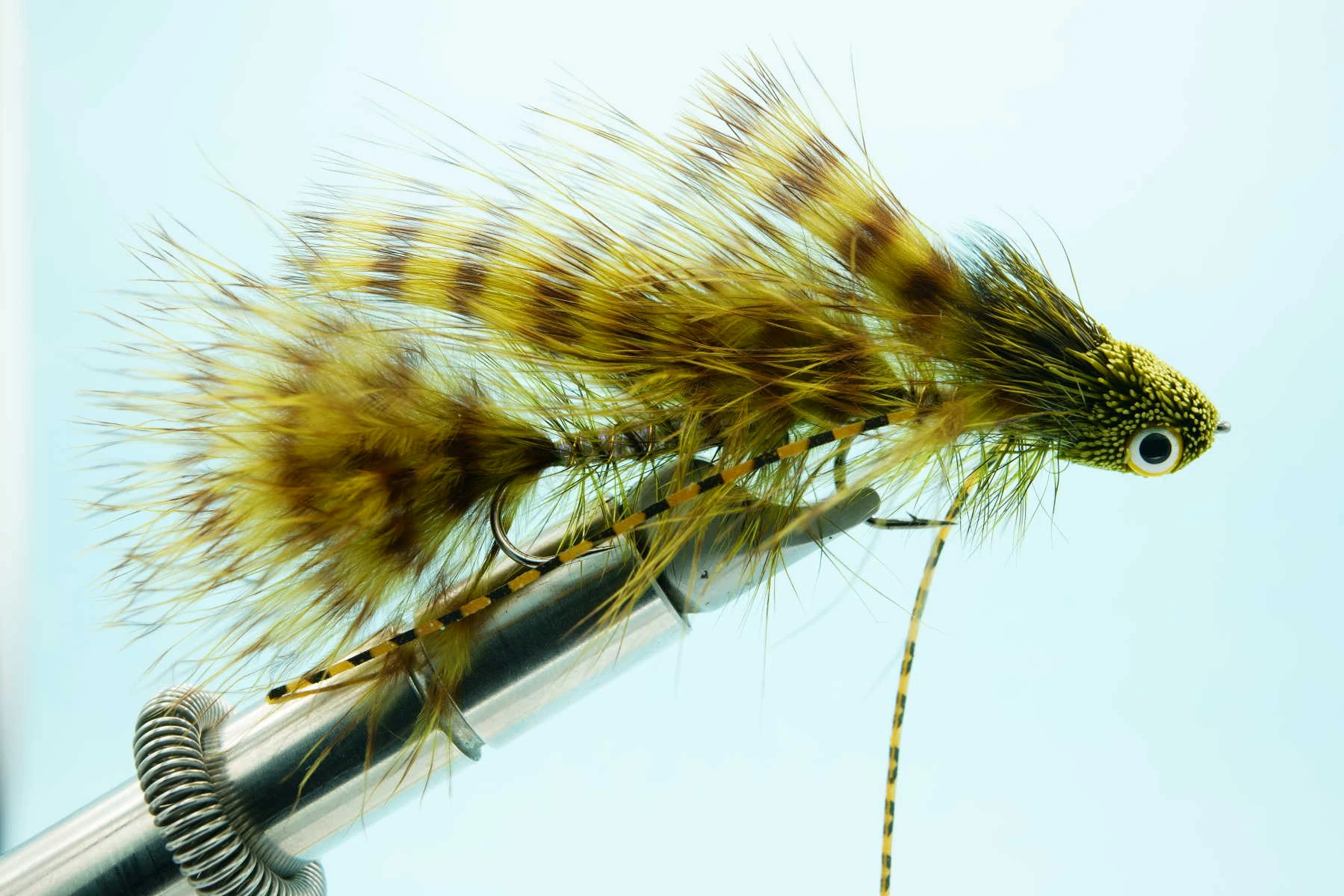
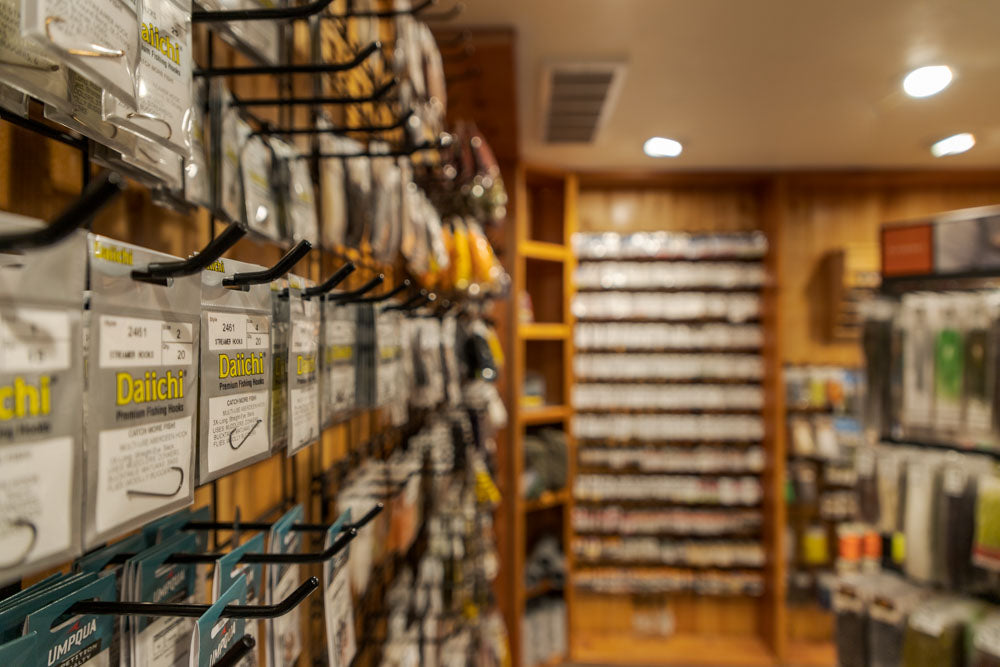


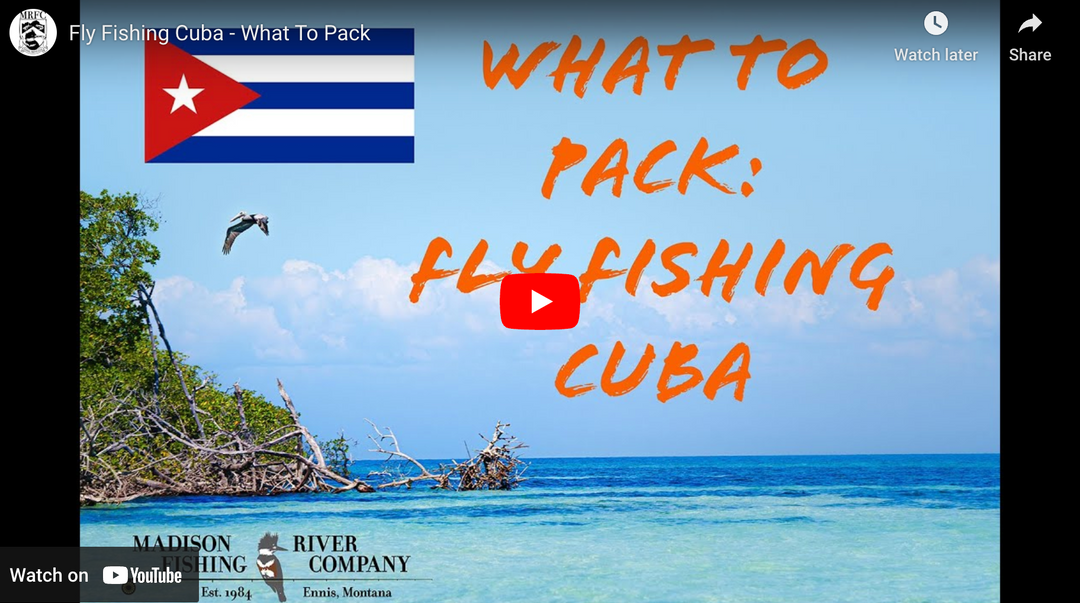

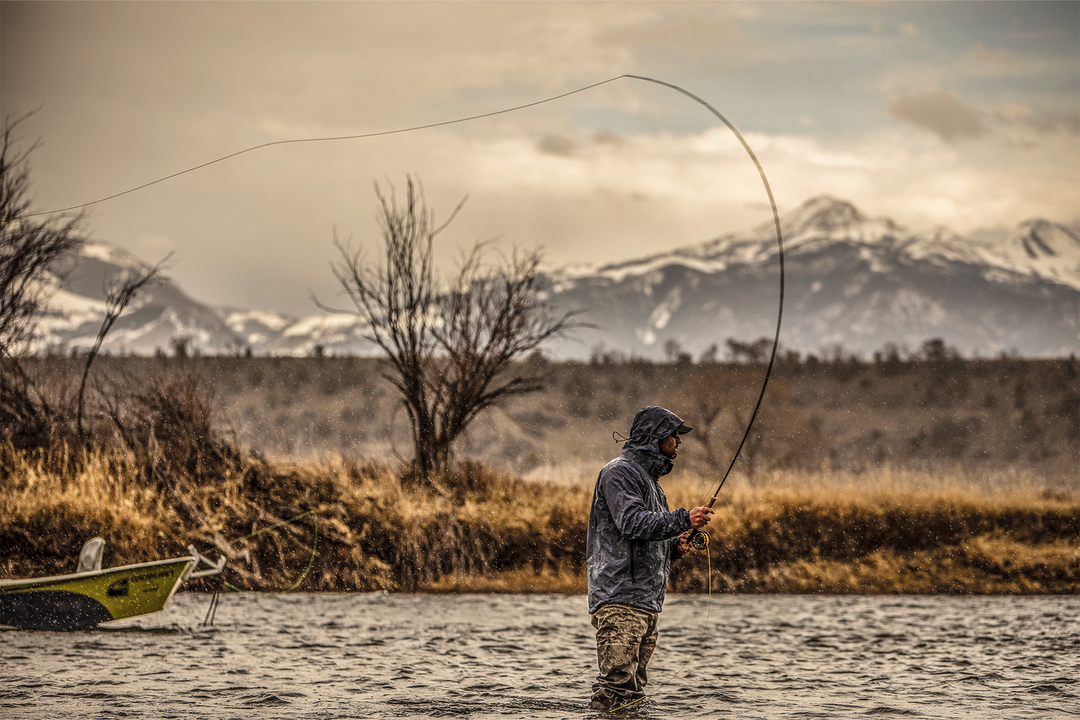
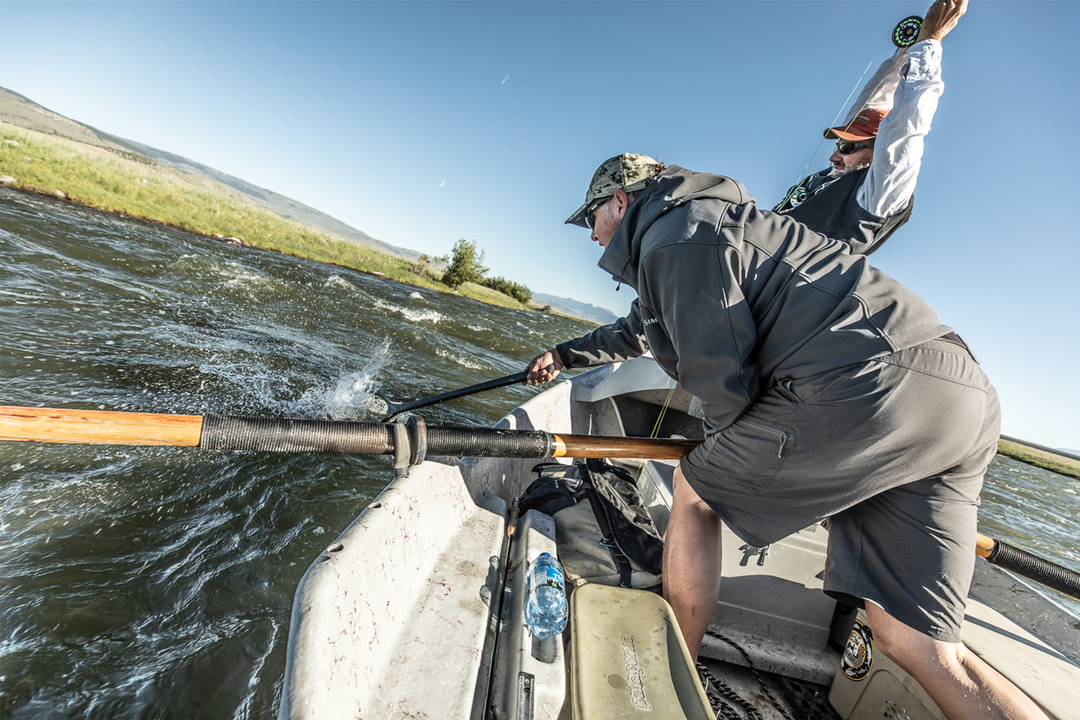
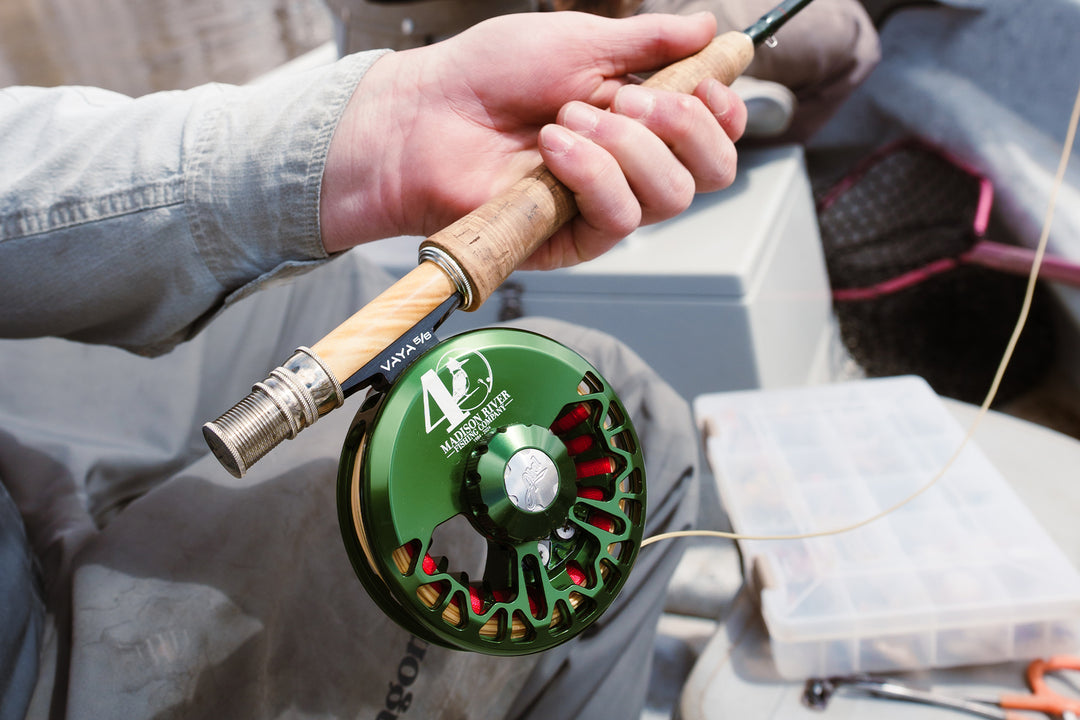
Leave a comment